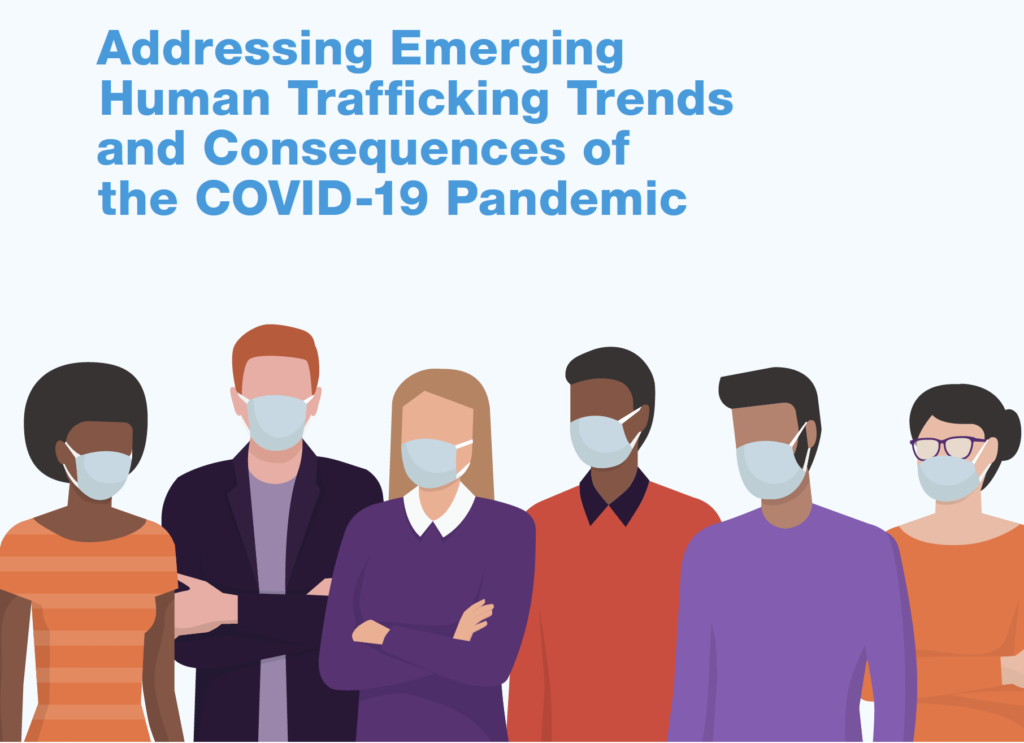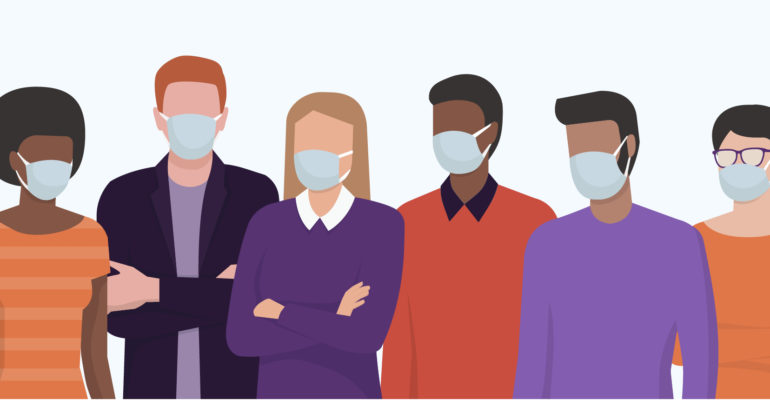A report by Linda Witong, Special Advisor to SI advocacy
“As we have continued our work during the COVID-19 pandemic, traffickers have continued as well. Traffickers did not shut down. They continue to harm people, finding ways to innovate and even capitalise on the chaos. The ratio between risk and reward is expanding in their favour.“[1]

The UN Women’s latest report on trafficking[2] discusses the impact of COVID-19 on the Human Trafficking of women and girls. In summary, the vulnerable have become more vulnerable.
According to the report, the Ebola pandemic should have prepared us for this outcome as the Ebola Pandemic had already demonstrated to us that multiple forms of violence are exacerbated within crisis contexts, including Trafficking in Human Beings (THB), child marriage, and sexual exploitation and abuse. Not unsurprisingly, the COVID-19 pandemic is now following the same trends.
The report includes numerous examples of how desperate times may heighten the vulnerability of women and girls to sexual exploitation or forced labor. According to the World Bank, approximately 40 to 60 million people will be pushed into extreme poverty due to the pandemic. Furthermore, a preliminary assessment by several UN agencies indicated that the COVID-19 pandemic could contribute between 83 and 132 million people to the total number of undernourished globally in 2020. People working in the informal economy are more at-risk and their families facing a decreased transfer of remittances by 20 per cent, further exacerbates the vulnerabilities of at-risk groups dependent on these funds for survival. Moreover, it has had a detrimental impact on the access to employment and rights of migrant workers, especially young women as travel restrictions may also lead many migrants or asylum-seekers to look for alternative, more dangerous migration routes, all of which may result in different forms of exploitation including human trafficking.
This report also furnishes the reader with survivors descriptions of the COVID 19 has impacted their lives and what they believe it will take to control this scourge on humanity. For example, they describe how emergency measures during the COVID-19 pandemic in many countries present a number of increased risks for victims of trafficking . They also describe how the delay of access to services heightens their vulnerability to further exploitation or to be a victim of the COVID 19 pandemic. The report also describes how the COVID-19 pandemic challenges first responders operations and their capacity to detect or stop trafficking cases , the majority of which are now online. And, sadly, it illustrates how the COVID-19 Pandemic has not only exacerbated pre-existing socio-economic inequalities, gender discrimination, harmful social norms and violence against women and girls but also put all the progress that has been made in the last few decades at risk as well.
The joint report by ODIHR and UN Women is available at: https://www.osce.org/odihr/human-trafficking-COVID-19-report
[1] UN Women’s 2020 report : GUIDANCE Addressing Emerging Human Trafficking Trends and Consequences of the COVID-19 Pandemic “ page 7
[2] UN Women’s 2020 report : GUIDANCE Addressing Emerging Human Trafficking Trends and Consequences of the COVID-19 Pandemic “

